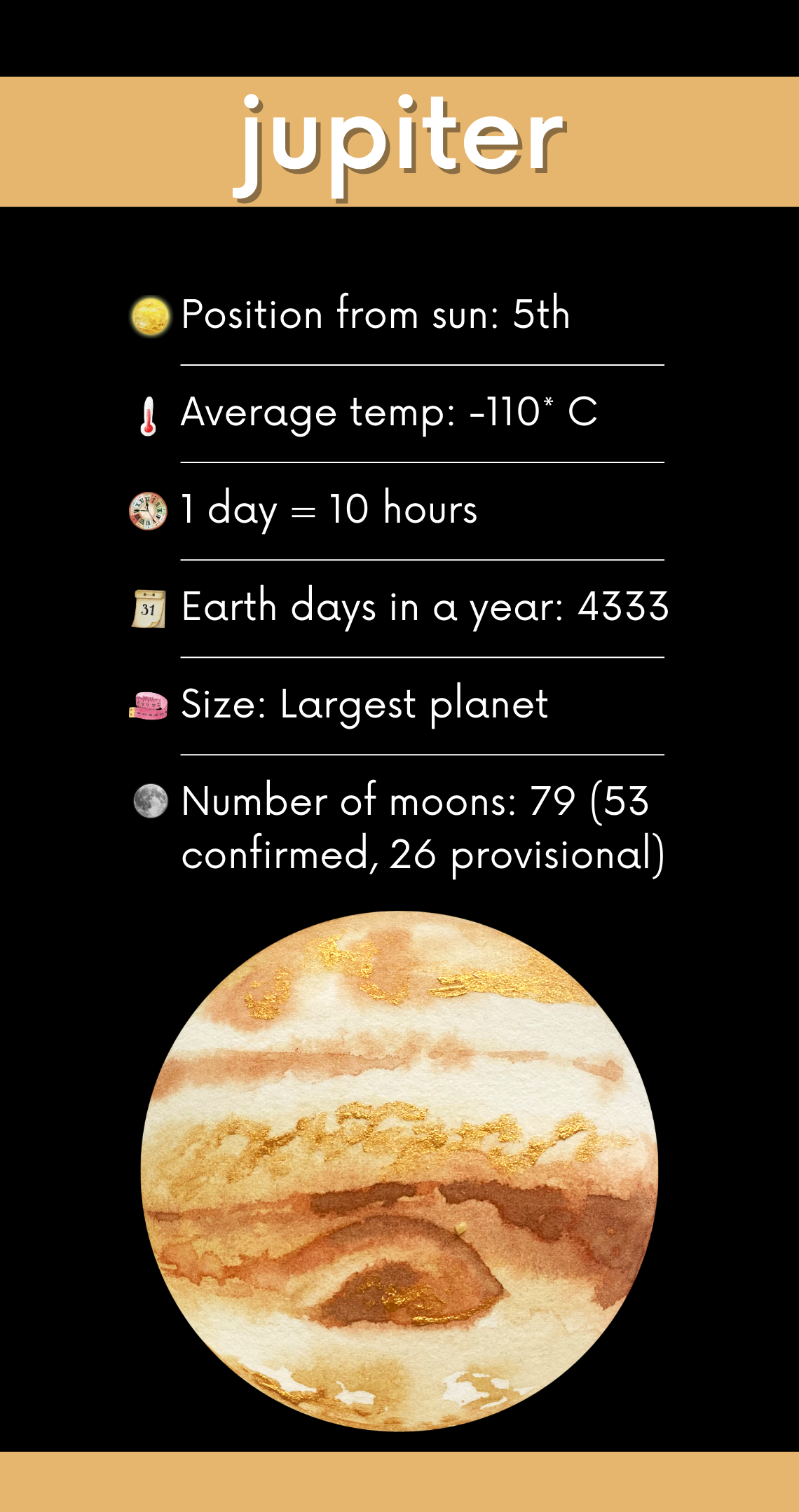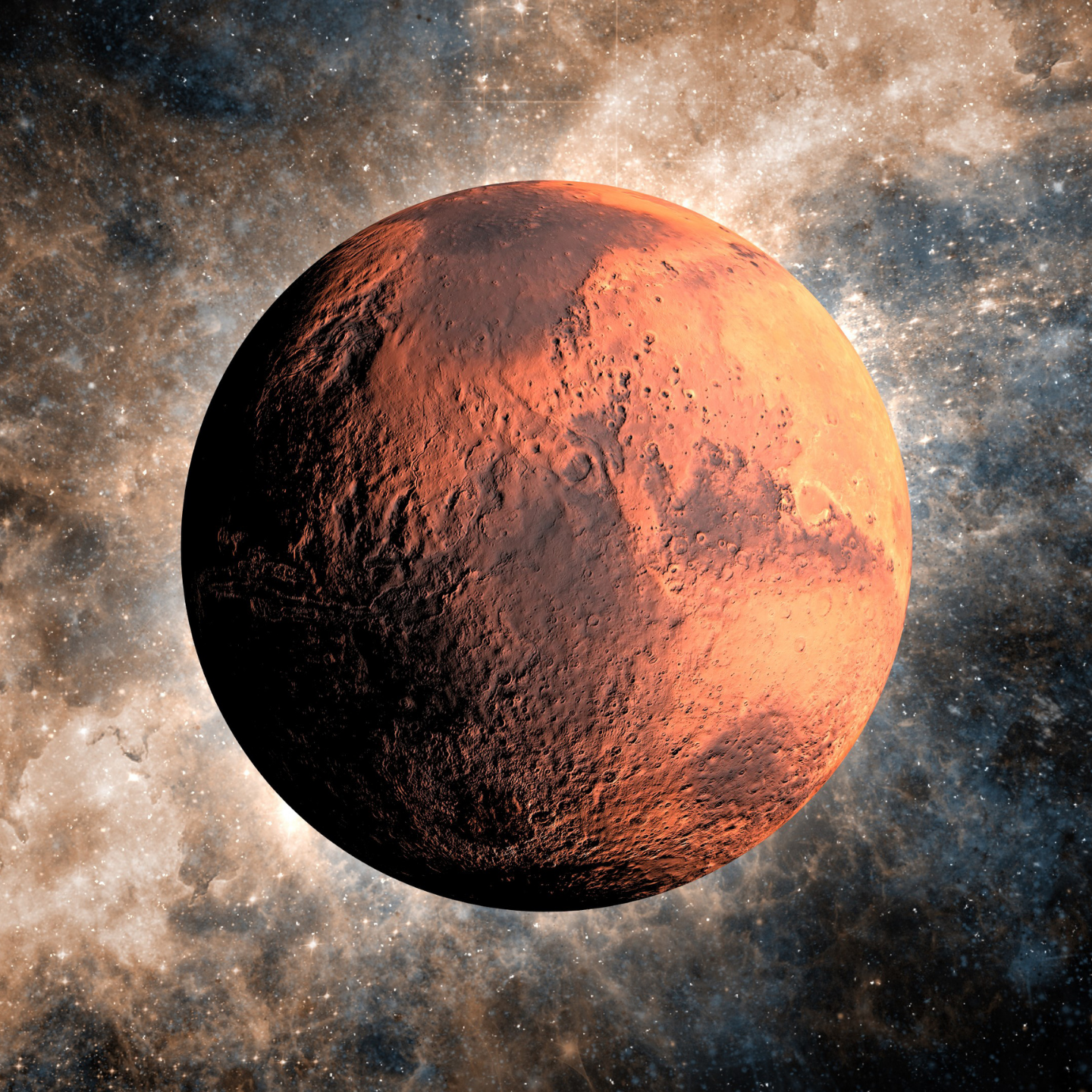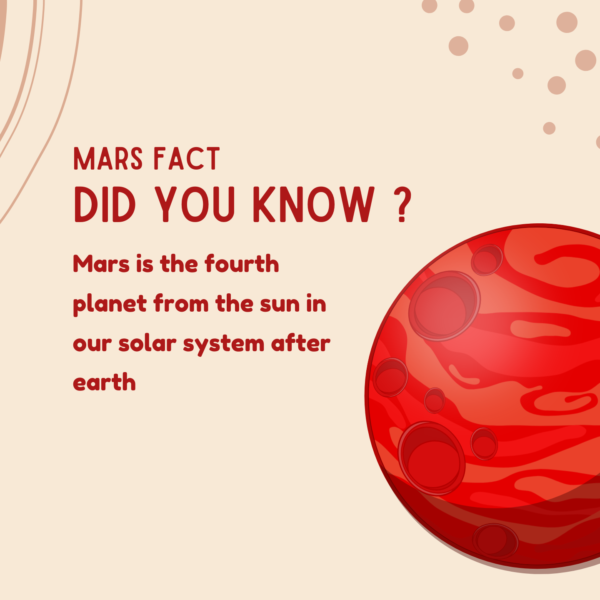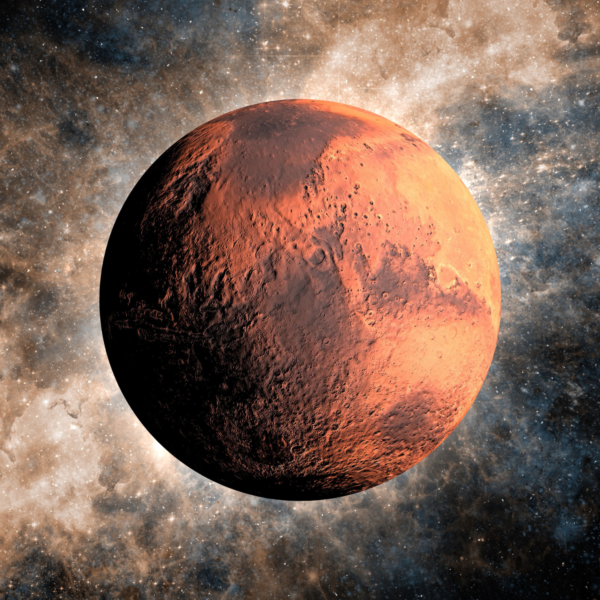In the vast expanse of the cosmos lies a realm of infinite wonders that captivates the human imagination—outer space. Beyond the confines of our terrestrial home, the universe unfolds in a breathtaking display of celestial marvels, each more awe-inspiring than the last. From the glittering tapestry of stars that adorn the night sky to the mysterious depths of distant galaxies, outer space beckons us to explore its boundless beauty and unravel the secrets hidden within its cosmic tapestry.
One of the most mesmerizing aspects of outer space is the sheer scale of its grandeur.
Vast nebulae, swirling galaxies, and colossal supernovae serve as testament to the unimaginable size and complexity of the universe. The silent ballet of celestial bodies, orchestrated by the forces of gravity and cosmic dynamics, creates a spectacle that transcends human comprehension. The Hubble Space Telescope, with its unparalleled ability to capture the celestial ballet, has unveiled breathtaking images that transport us to the very edges of the cosmos, allowing us to witness the birth and death of stars and the intricate dance of planets and moons.
The silent ballet of celestial bodies, orchestrated by the forces of gravity and cosmic dynamics, creates a spectacle that transcends human comprehension.
Moreover, outer space holds the promise of scientific discovery and exploration on a scale unlike any other. From the quest to unravel the mysteries of dark matter and dark energy to the search for extraterrestrial life, the cosmos serves as a vast laboratory for humanity’s insatiable curiosity. Space missions, both robotic and manned, continue to push the boundaries of our knowledge, bringing us closer to understanding the origins of the universe and our place within it. As we stand on the precipice of a new era of space exploration, with plans for moon bases, Mars missions, and beyond, the limitless potential of outer space promises to inspire generations to come, fueling our collective imagination and driving us to reach for the stars.
MARS
Mars, the enigmatic “Red Planet,” has long captured the fascination of scientists and stargazers alike. Its rusty surface, adorned with vast canyons and towering volcanoes, stands as a testament to a tumultuous geological history. Mars has been a primary focus of recent exploration efforts, with rovers like Curiosity and Perseverance delving into its rocky landscapes in search of clues about the planet’s past and the potential for past or present microbial life. The dream of human colonization on Mars is no longer confined to the realms of science fiction, as space agencies and private enterprises set their sights on turning this distant planet into a potential second home for humanity.
“Infinite cosmos whispers cosmic tales.”
Jupiter, the largest planet in our solar system, is a gas giant that reigns supreme with its mesmerizing bands of colorful clouds and the iconic Great Red Spot, a massive storm that has raged for centuries. Jupiter’s diverse array of moons, including the Galilean moons—Io, Europa, Ganymede, and Callisto—add an extra layer of intrigue to this giant’s celestial character. Europa, in particular, has captivated scientists due to its subsurface ocean, raising tantalizing possibilities of finding extraterrestrial life. Jupiter’s immense gravitational influence also plays a crucial role in shaping the dynamics of the solar system, acting as a cosmic guardian that deflects and captures wayward asteroids and comets, ensuring the stability of the inner planets, including our own Earth. The exploration of Jupiter and its moons by spacecraft like Juno continues to unveil the secrets of this majestic giant, deepening our understanding of the complex and interconnected dance of celestial bodies in our cosmic neighborhood.

Jupiter


